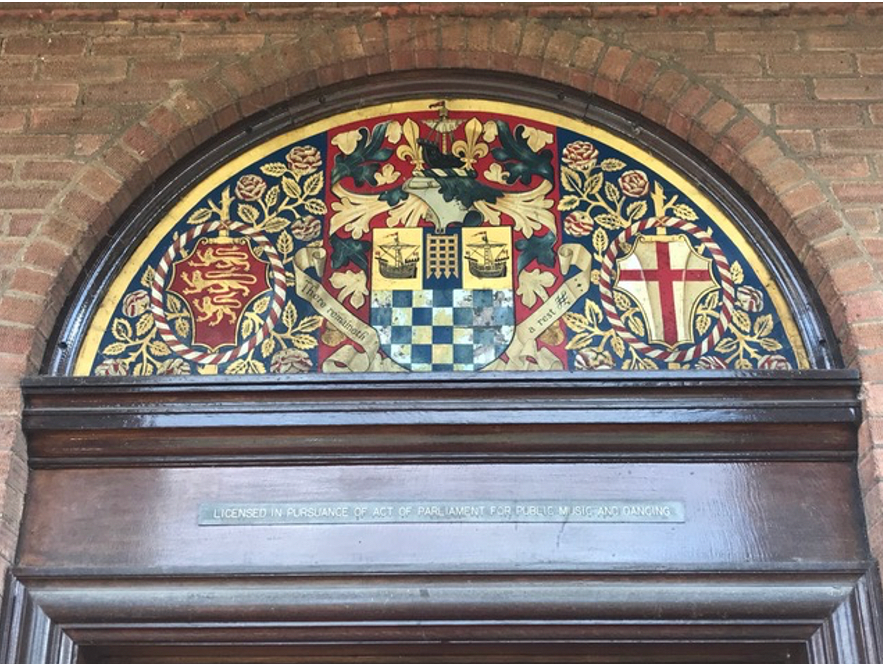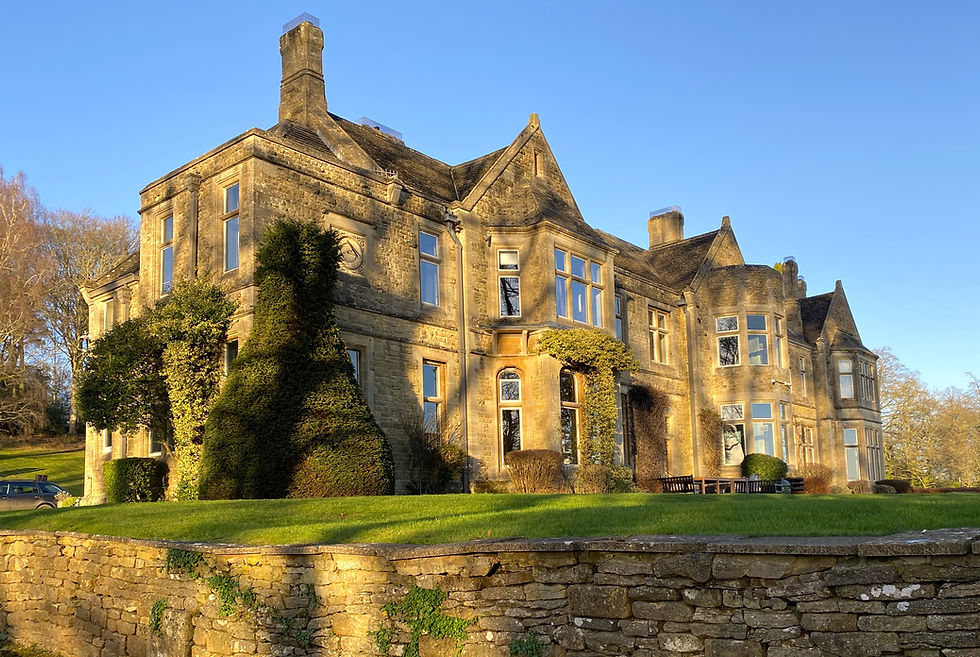Heraldry - a puzzle.
- Lucy Jarvis
- Oct 14, 2020
- 2 min read
By Dr Jonathan Edis

Heraldry is perhaps too often thought of as a dry, archaic subject with little reference to the present day. But if you are applying for permission to change a historic building, you need to be able to show you understand its history. This is where heritage consultants come into the picture, and where historical research may be needed. Not always in archives and libraries, though. Sometimes a historical record or event can be painted or carved onto the building itself. Simple examples of this are date stones and the initials of the occupants or the builders. Foundation stones, typically on public buildings and places of worship, can provide the names of architects and benefactors. Occasionally, we encounter heraldry, something that can tell us specifically who owned a building in the past, and this can be gold dust when it comes to dating, phasing and analysing a structure.
Heraldry began as a pictorial system of identifying aristocratic family groupings from about 1150, initially by drawing patterns or symbols on shields. These “coats of arms” could be inherited, and they were mutated or merged over generations so as to indicate relationships by marriage with other powerful families. Heraldry became more systematised in the late 15th century, with rules about colours, and regulations about the use of crests, supporters, mottoes and so on. It was intentionally exclusive, but it spread throughout the gentry classes in the next four centuries. It is in the period from about 1700 to 1940 that it is most often encountered on secular historic buildings, originally intended as a badge or stamp of ownership, now a historical record that assists in understanding the significance of what remains.
The trouble with heraldry is that it assumes you know what it means. Detective work is needed when dealing with what is effectively a picture-language from centuries ago. Another hurdle is that the heralds who controlled (and indeed still exercise control, through the College of Arms) did not describe heraldry in plain English. Instead, they developed a system heavily influenced by medieval French, which complicates matters somewhat. Once the code has been cracked, however, it is usually possible to be quite specific as to the date and owner of the “achievement” in question. For those researching historic buildings, heraldry can be a gift.

Between 1840 and 1940 heraldry became more public, in the sense that it was extensively used by local authorities, corporations and companies to show off the status of their buildings. The two images on this page (one from Bedfordshire, the other from Birmingham) both date to the inter-war period. Far from dying out, symbolism flourished in buildings up until the mid-20th century, often drawing from badges and other heraldic references that had been acquired and adapted over centuries - sometimes with very obvious allusions, sometimes quite obscure.

.png)



Comments